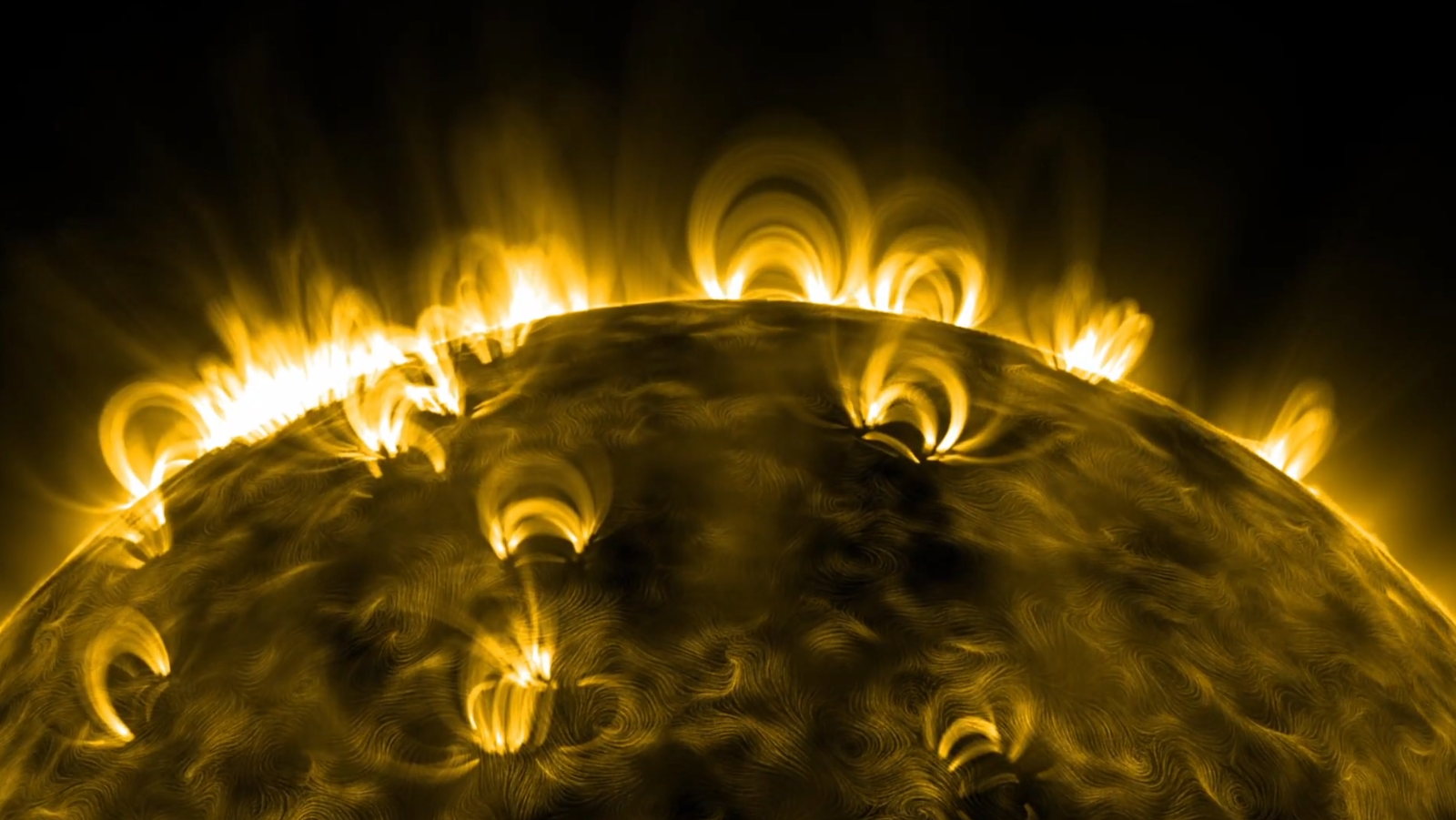This article is also available in:
![]() Français
Français
Many movies and TV shows feature stars shot from up close. Sunshine (2007), Passengers (2016) immediately come to mind. Realistic depictions of stellar atmospheres using CGI are still quite a challenge, though. The solar corona features a fibrous texture: the plasma that extends from the surface of a star into space. These magnetic filaments are a key feature to create visually realistic and appealing stars.
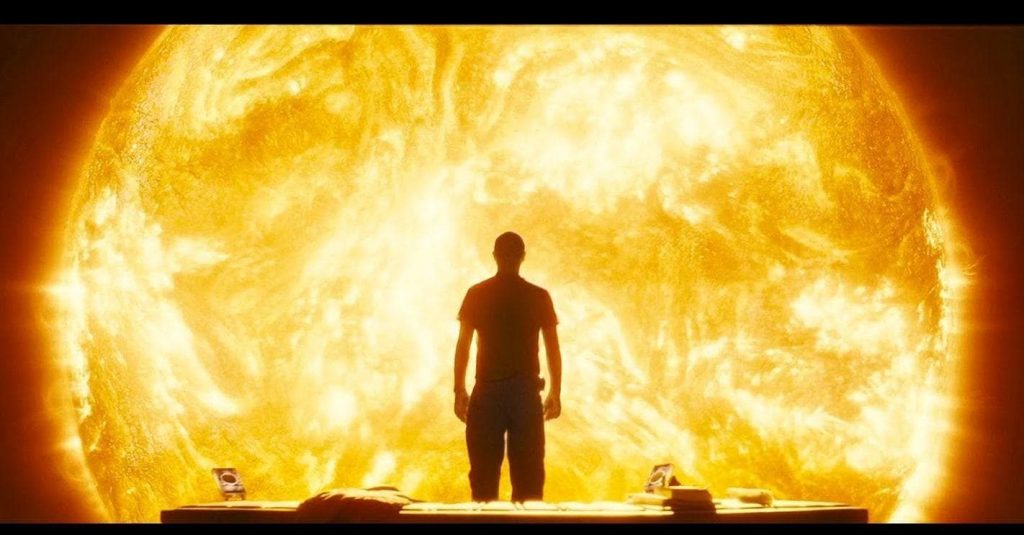
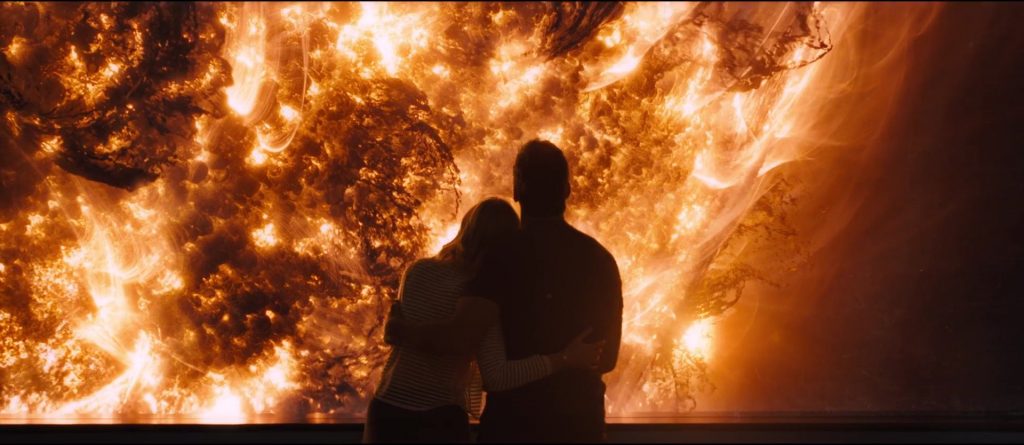
At SIGGRAPH 2022, a technical paper – Filament Based Plasma – provides a new way to create such renderings. The authors explain that “the magnetic filaments provide a Lagrangian curve representation and their initial configuration can be prescribed by an artist or generated from magnetic flux given as a scalar texture on the sun’s surface”. Basically, physics determines the shape of the filaments, and the end result is rendered in Houdini using Mantra.
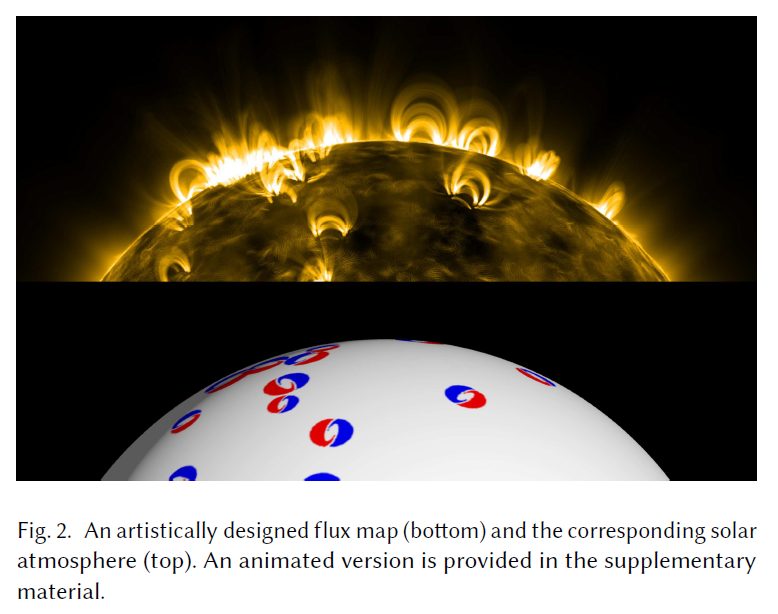
We won’t drown you in technical details (though we highly suggest you read the full paper, Filament Based Plasma, for more information on the physics and mathematics involved). Instead, here are a few visual examples that will give you a better idea of what can be achieved thanks to the algorithm from this article. The team compared real footage to their own work:

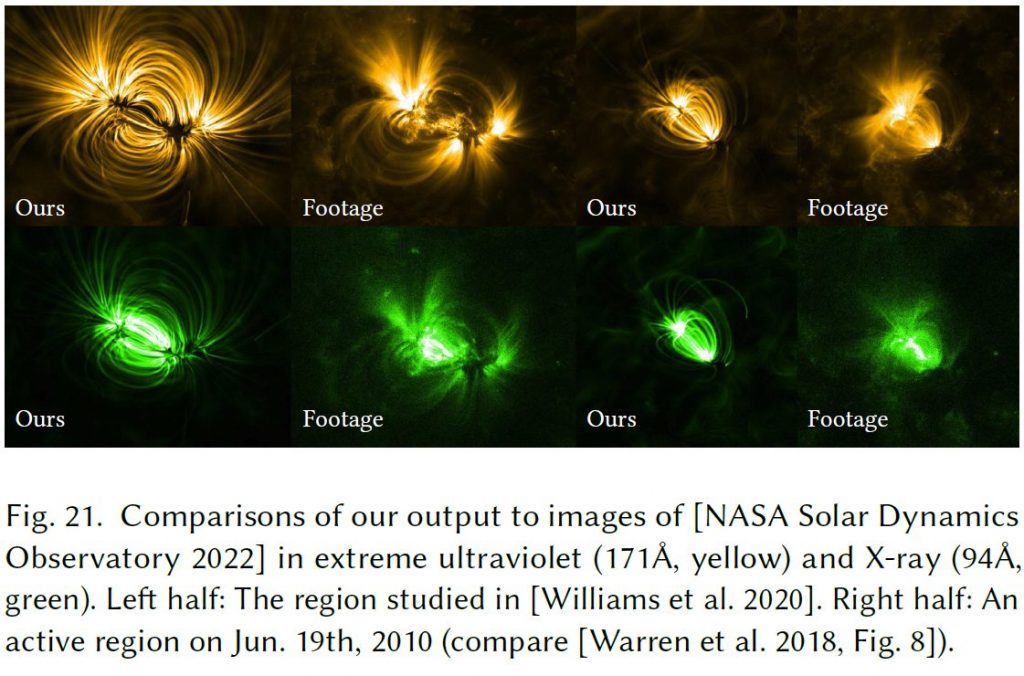
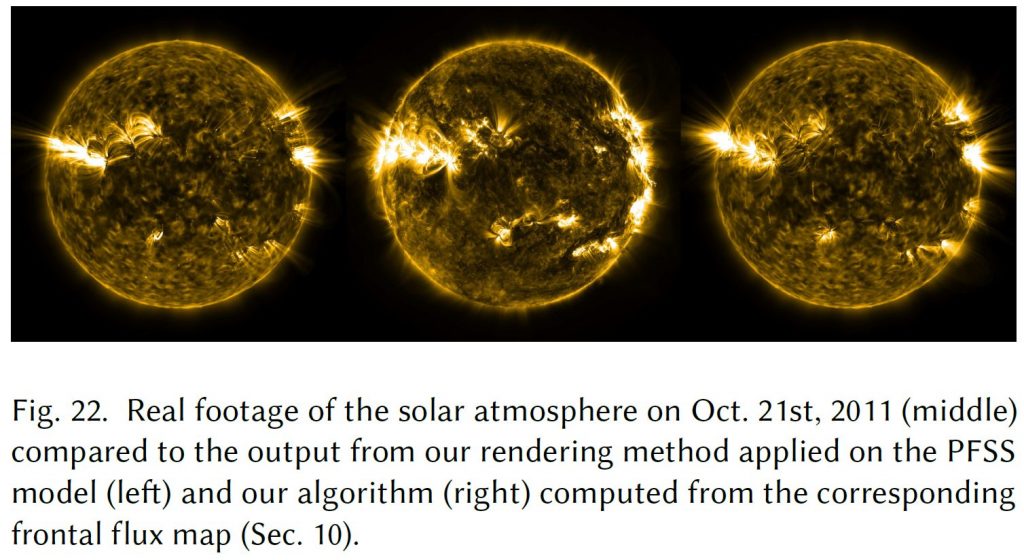
The official submission video includes more tests and examples, including animated scenes:
The whole process is quite fast: for the algorithm, the team provides a few examples with computation times ranging from 10s to 3 minutes when running on a Ryzen 7 5800X CPU. Furthermore, the team explains that parallelization on the GPU could reduce the overall runtime. Rendering times are quite low as well: less than one minute for all images (1080p) of full suns.
Filament Based Plasma is a SIGGRAPH 2022 article by Marcel Padilla (TU Berlin), Oliver Gross (TU Berlin), Felix Knöppel (TU Berlin), Albert Chern (UC San Diego), Ulrich Pinkall (TU Berlin), Peter Schröder (Caltech).

